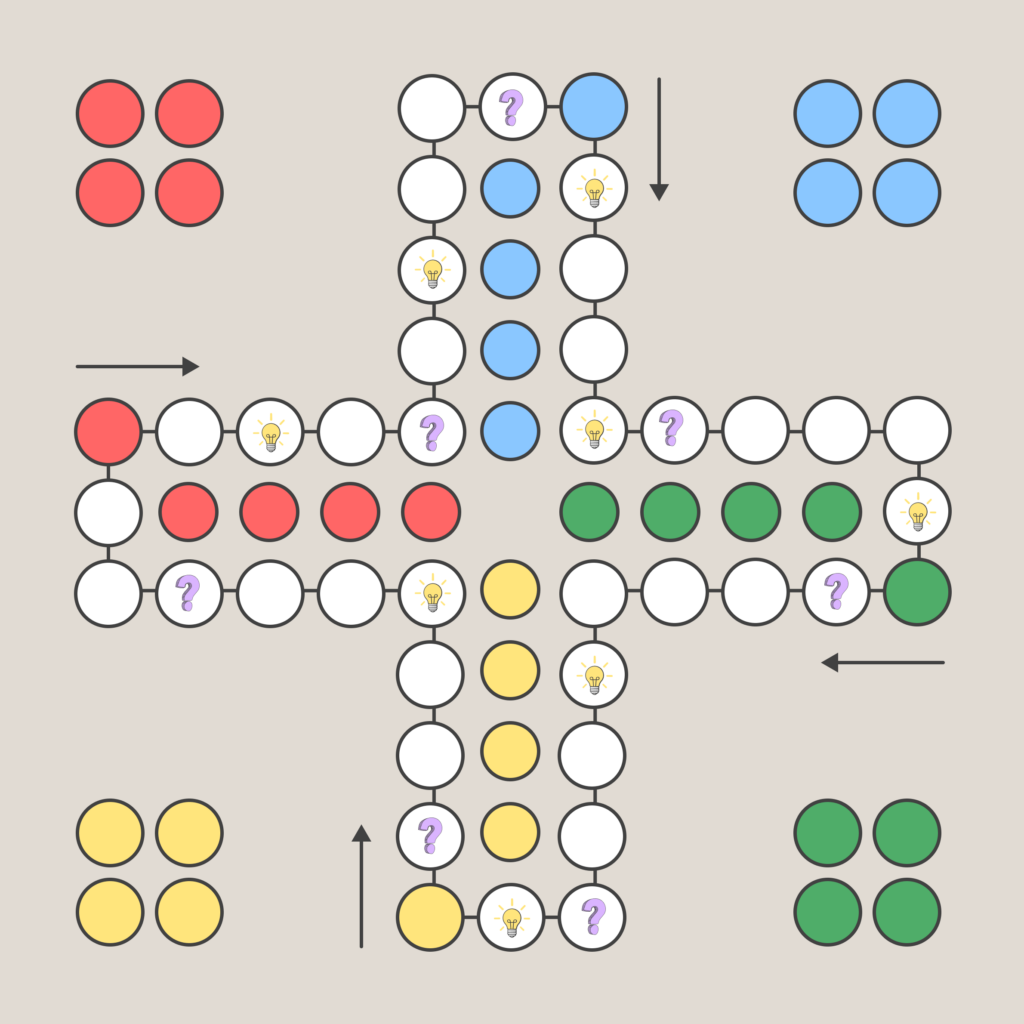Augmented Reality (AR) has swiftly moved from the realm of science fiction into practical application, revolutionizing various industries along the way. Among its most impactful areas are design and marketing, where AR provides innovative ways to engage customers and enhance creative processes. However, like any technology, AR comes with its own set of advantages and challenges. In this blog post, we will explore the pros and cons of using AR in design and marketing scenarios.
The Pros of AR in Design and Marketing
Enhanced Customer Engagement:
AR creates immersive experiences that capture the attention of customers more effectively than traditional media. Interactive AR content can significantly increase customer engagement, leading to higher retention rates and stronger brand loyalty.
Improved Visualization:
In design, AR allows clients to visualize products in their real environment. For example, furniture companies like IKEA use AR apps to let customers see how a piece of furniture will look in their home, ensuring better decision-making and reducing return rates.
Innovative Marketing Campaigns:
AR enables brands to develop unique and memorable marketing campaigns. From interactive advertisements to AR games, brands can create experiences that not only promote products but also entertain and engage audiences in a novel way.
Enhanced Product Experience:
AR can offer detailed product information in an engaging format. For instance, scanning a product’s AR-enabled packaging might show detailed features, user reviews, or a demonstration of its use, enhancing the overall product experience.
Personalization:
AR can help in creating personalized customer experiences. By using AR, companies can tailor their marketing messages and product recommendations based on the user’s preferences and behavior, leading to higher conversion rates.
Competitive Advantage:
Companies that adopt AR early can gain a significant competitive advantage. Being seen as an innovator can help attract tech-savvy customers and position the brand as a leader in its industry.
The Cons of AR in Design and Marketing
High Development Costs:
Creating high-quality AR experiences requires significant investment in terms of both time and money. The cost of developing AR applications, hiring skilled professionals, and maintaining the technology can be prohibitive for smaller companies.
Technical Limitations:
While AR technology is advancing rapidly, it still has limitations. For instance, the quality of the AR experience can be affected by the hardware capabilities of the user’s device, such as the camera and processing power.
User Adoption:
Not all consumers are comfortable with or have access to AR technology. This can limit the reach of AR-based campaigns, especially among older demographics or those who are not tech-savvy.
Privacy Concerns:
AR applications often require access to personal data and real-time location information, raising concerns about user privacy and data security. Companies must navigate these concerns carefully to maintain consumer trust.
Implementation Challenges:
Integrating AR into existing marketing strategies and design processes can be complex. It requires thorough planning and coordination across different teams, which can be a daunting task for many organizations.
Rapidly Changing Technology:
The pace at which AR technology is evolving can make it challenging for companies to keep up. Investments in AR today might need significant updates or even become obsolete in a few years, posing a risk for long-term planning.
Augmented Reality holds tremendous potential for transforming design and marketing by creating more engaging, personalized, and effective experiences. However, it also brings challenges that need to be addressed, from high development costs to privacy concerns. As AR technology continues to evolve, its role in design and marketing will likely expand, offering new opportunities and requiring ongoing adaptation.
























